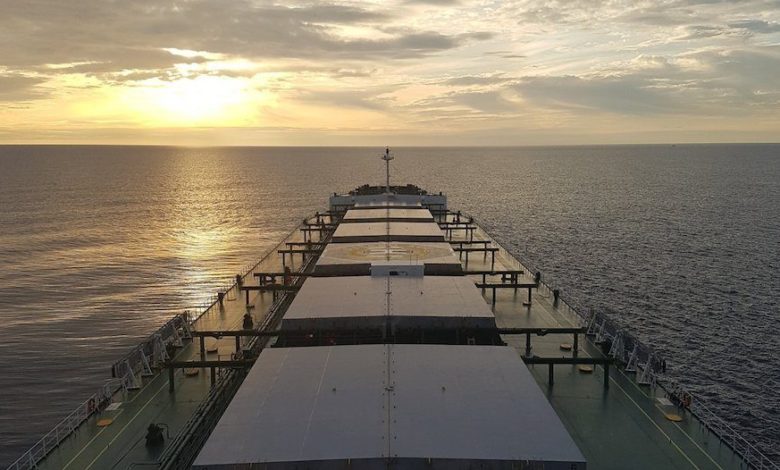Cargoes jump ship type in dry bulk sector

Dry bulk shipping has been playing pass the parcel over the past year with certain cargoes now switching to different sized ships.
This is most evident in the coal trades, where capesizes have clawed back much business in 2021 from smaller ships. Braemar ACM data shows that year-to-date, capes have accounted for about 30% of total coal trade, up by 4% year-on-year, returning to their market share in 2018 with India in particular driving a ramp-up in cape imports.
Other cargoes are also experiencing a vessel shuffle. In grains, for instance, although handies have continued to lose market share to panamaxes, supras appear to have made some gains so far this year, climbing to 29% from 27% in 2020, according to Braemar ACM, on the back of soaring exports from the US Gulf as well as increasing fertiliser imports into America.
Braemar ACM has also detailed how supras have gained market share this year from handies in the steel sector. Supramaxes have accounted for 53% of bulk steel trade so far in 2021, up by more than 5% versus last year.
At the lower-value end of the cargo spectrum, cargoes appear to be moving in ever larger ships. In the aggregates trade, for example, capesizes’ share of tonnes moved has grown from virtually nothing in 2018 to 4% so far this year. The portion of this trade hauled by panamaxes has meanwhile increased from 26% last year to 28% so far this year.
Helping explain why this particular trend was occurring in the aggregates trade, Braemar ACM noted: “A growing pool of overage tonnage in the Cape and Panamax sectors is also partly responsible. With major iron ore and grain charterers imposing age restrictions on vessels they use, aggregates trade in the Arab Gulf, for example, is one of the limited trades where these vessels can find employment, and these old ships often come at a discount to benchmark rates.”
